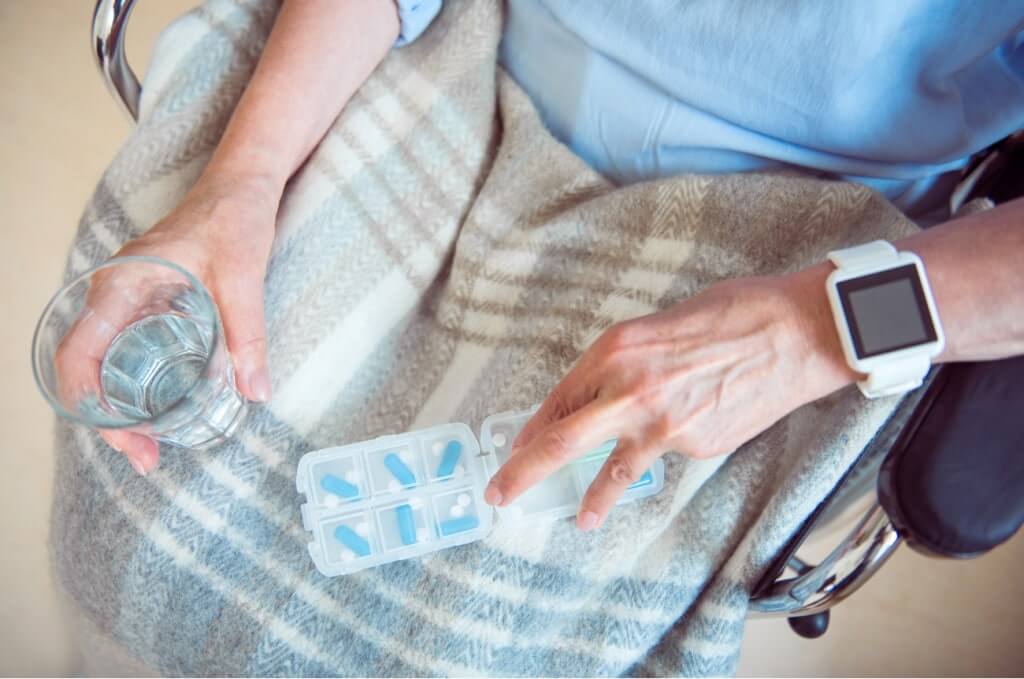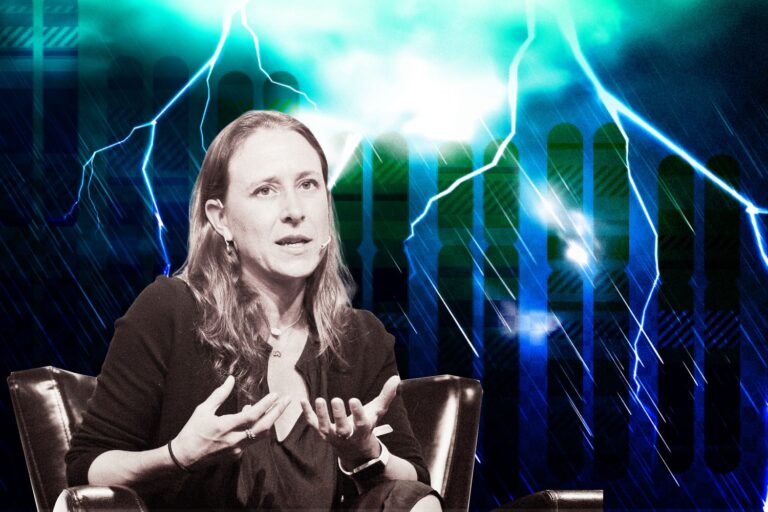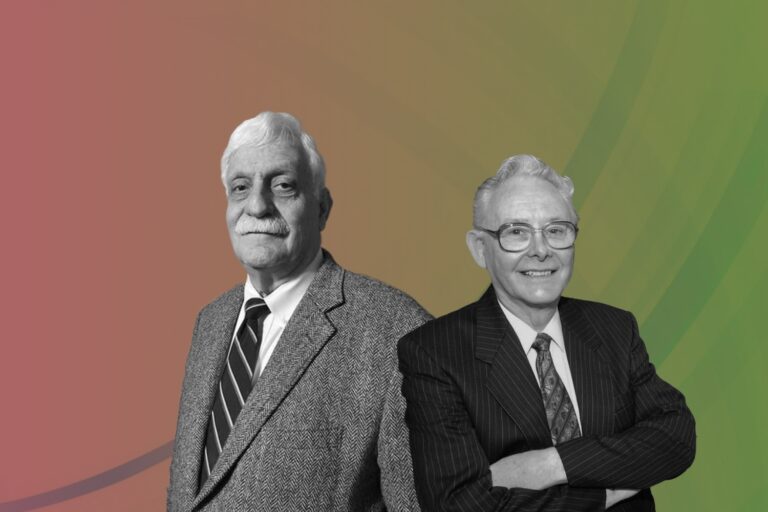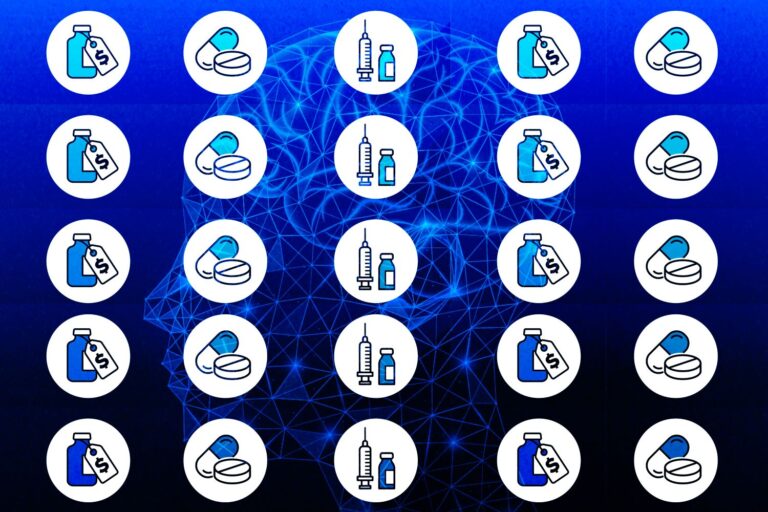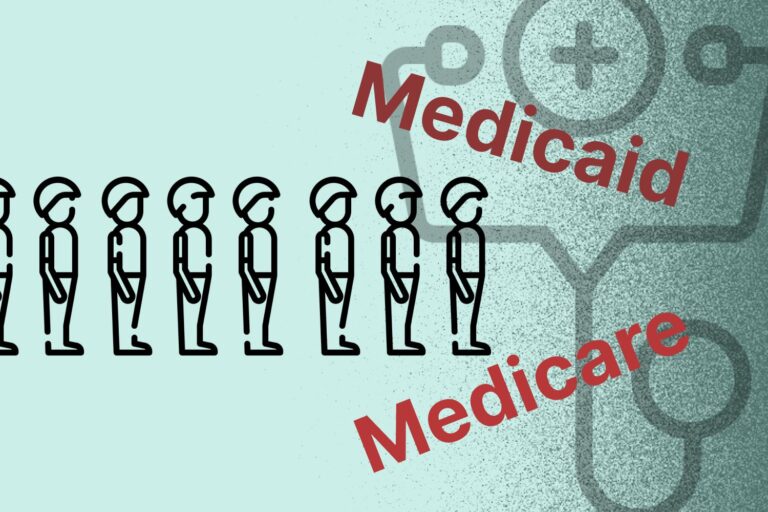Top 3 Health Tech Trends That Shape the Industry in 2019
Never has there been a more exciting time to be in the digital healthcare space than right now. The field of healthcare, which was historically one of the last ones to adapt to any changes, is now incorporating the technological advancements at an unprecedented pace. The advent of technology in healthcare constantly proves to be of tremendous benefit to the patients, healthcare app developers as well as the healthcare providers. Such a “beautiful” combination of healthcare and technology is making its ways towards a brighter, healthier future for everyone.
In this article, we will go through top emerging healthcare technology trends of 2019 as well as their future applications in the days to come.
Before diving into the specific ones, let’s take a look at the general context of Health Tech.
Health Tech: Its Definition & Growth Trajectory
The very first question: What is exactly health tech?
Health Tech, or digital health, is defined as the application of technology – typically databases, applications, mobiles, wearables – to improve the delivery, payment, and consumption of care, with the ability to promote the development and commercialization of medicinal products.
So, how fast is such wonderful medical breakthrough growing?
Whereas several industries take decades to reach a level of maturity that can easily absorb innovative solutions and adapt accordingly, the Health Tech sector has had no such time. Health care startups have boomed over the last several years, as evidenced by the number of venture funding deals, which grew some 200% between 2010 and 2015. Such capital growth allowed around US$11.7 billion to flow into health tech businesses from over 30,000 investors in the space. Based on Deloitte’s 2015 Global health care outlook, this industry was valued at staggeringly US$7.2 trillion in the US alone.

The reason behind such a dramatical shift in funding and modernization is simple: it was essential. In fact, the health industry used to be one of the least receptive industries to technological developments. Doctors or other healthcare practitioner were too reliant on outdated and inefficient modes of working. Addressing such concerns, digital health represents the disruption to the healthcare industry that founders, investors and consumers alike are extremely keen to see visualized.
Key Drivers for Health Tech Adoption
There remain several key reasons behind the growth and continued evolution of the Health Tech space. One of the most significant driving forces has been behavioral changes, which has arrived in two waves. Firstly, consumers are witnessing technology disruption in some sectors, like the sharing economy – and that has emboldened them to seek a better experience in other sectors too. Secondly, digital health has arrived just as consumers are beginning to take more interest in their health. By this way, people’s buying habits now reflect such new attention such as the explosive growth of medical wearables in recent years.

Besides human behavior, regulatory changes in the US have fueled Health Tech’s growth in its largest market. One typical example is the introduction of the Health Information Technology for Economic and Clinical Health (HITECH) Act in 2009. This has made a great contribution to promoting the adoption of electronic health records and supporting technology. Similarly, the Affordable Care Act (ACA) has played its part in incentivizing the adoption of software in private healthcare in the US., and in the UK., the National Health Service (NHS) is making strides to become more collaborative with technology startups and services.
Another noteworthy point is that global health and population trends are gradually aging. Such a tendency has placed excessive stress on the medical world, which makes Health Tech’s innovations a matter of the utmost urgency.
Emerging Trends in Health Tech For 2019
You must have fundamental understandings of healthtech as well as its growing importance, right? Now, let’s have a fresh look at top dominating trends which are going to shape the healthcare industry in 2019.
#1 Artificial Intelligence (AI)
Recent years have witnessed the introduction of AI-based technologies – such as robotics and machine learning – to the modern healthcare world. Such state-of-the-art technologies are constantly being used by AI consultants with a view to unlocking the clinically relevant information from underneath heaps of healthcare data, which is of paramount importance to clinical decision making. These fall broadly in two categories: machine learning & natural language processing. In 2019, AI techniques are all set to significantly transform how healthcare systems operate, connect with patients, and provide care by increasing the overall efficiency of patient management.

In the foreseeable future, there is every likelihood that AI will revolutionize the face of healthcare industry – it will be able to perform a wider range of tasks without human monitoring. Below are some promising future applications of AI trends.
FUTURE APPLICATIONS
- Medical Image Recognition
Automation of analysis of medical images by the use of machine learning has the potential to be one of the most significant applications of healthcare AI. The aggregation and analysis of image data, cross-referenced against the existing data sets, can be used to give the predictive diagnosis to the patients. Plus, it can be well-utilized on a large scale for predictive analysis of a certain condition by statistical analysis of the disease prevalence across populations.
For instance, image recognition technology enables us to diagnose some diseases that cause changes to appearance, namely diabetes, optical deviations, and dermatological diseases. This can be particularly of great use in case of unavailability of trained personnel or in regions where access to medical facilities is poor. Significant research is already being done across various institutions in this segment – and of course, is going to continue in 2019.
- Voice Assistants
The use of Siri or Alexa for completion of routine tasks in our homes has become a habit for us. AI-based technologies are expected to make a similar transition in the field of healthcare as well with the formation of health care based virtual assistants. These AI-based assistants would help clinicians prioritize their tasks and automate non-core routine processes.

- AI-Driven Patient Health Monitoring Tools
With the application of Neuro-Linguistic Programming (NLP) and Machine Learning(ML), the patient health monitoring tools can range from personalized voice assistants that assist patients with the management of drug regimens and chronic medical conditions to chat-bots that interact with the patients, collect medical information, track symptoms and offer possible recommendations. Besides, it’s likely that in future people will be able to diagnose themselves with DIY medical diagnosis apps. Such apps will probably be designed to ask some questions, process a patient’s care history, and then show possible diagnoses based on the current symptoms. However, at the time right now, this technology isn’t advanced yet, hence, patients should be careful with DIY medical apps as well as self-medication.
- Medical Research and Drug Discovery
The future of drug discovery and medical research lies in deep learning technology. Deep learning is a field of machine learning that’s able to model the way neurons interact with each other in the brain. This empowers medical systems to process large sets of data to identify population trends, match the ideal patients with clinical trials and research studies – and ultimately, to come up with novel drug combinations to further pharmacological research. The magical beauty of AI is that it can sift through research data at an unprecedented rate and discover hidden patterns in a more accurate manner.
A Pharma IQ report reveals that staggeringly 94 percent of pharma specialists believe that AI technologies will have a noticeable impact on drug discovery over the next two years. Even today, pharmaceutical giants such as Merck, Celgene, and GSK are working on drug discovery in collaboration with AI platforms, predicting AI to be the primary drug discovery tool in the future.
Better Workflow Management
In fact, there are hundreds of routine and tiresome tasks that medical workers have to do apart from caring for patients. With the aids of these above-mentioned AI-based technologies, this wonderful health tech trend is going to reduce staff overload by automating monotonous tasks, ranging from accounting, scheduling, to managing electronic health records and paperwork.

#2 The Internet of Medical Things (IoMT)
From smart phones to smart homes, the network of connected devices keeps growing with each passing day. Internet of Things, commonly known as IoT is already commonplace in our daily lives and is paving the way for IoMT. These days, this technology trend in healthcare is used for remote monitoring of patients’ well-being by means of wearables. The medical wearables or devices have numerous applications and possess inbuilt sensors like ECG and EKG monitors, temperature, blood pressure, and glucose estimators, which are used to track and record user data. The data compiled by such devices is then utilized by the healthcare-based mobile applications to check the health status of the individual on a day to day basis and detecting any abnormalities the moment they occur.
The number of medical devices, as well as functionalities embedded within them and their adoption rates, is only going to increase in the future.
- According to Frost & Sullivan, IoMT technology is still evolving and is forecasted to reach about 30 billion devices worldwide by 2021
- According to Center For Connected Medicine, an estimated 87 percent of health systems will have IoMT technologies deployed by 2019, and the value of the IoMT market is expected to reach more than $160 billion by 2020.
FUTURE APPLICATIONS
IoMT is not going to be limited to just wearable devices, here are the ways in which this health tech trend will transform and adapt in the forthcoming years.
- Management of Chronic Diseases
IoMT is bound to profoundly transform the way chronic conditions such as diabetes, hypertension and chronic organ failures are managed. Devices with high precision sensors which the patient wears all the time (such as HealthWatch) would constantly track medical data and then issue immediate alerts on detection of any anomaly. Centralized collation of the specific data sets regarding these chronic conditions would perform a vital role in research. Actually, tracking of the disease-specific trends across various populations would aid in predicting disease progression.

- Remote Patient Monitoring
Data gathered by the IoMT devices prove to be of great value to the healthcare practitioners. Instead of relying on the patient for subjective symptoms report, the healthcare providers would be able to remotely monitor the patient and access the relevant clinical patient data, thus resulting in accurate diagnosis and personalized treatment planning for the better outcomes.
- Drug Delivery and Supply Chain Management
The U.S. Food and Drug Administration (FDA) has set down guidelines for Radio Frequency Identification (RFID) which includes tagging and packaging of medicines, ensuring proper maintenance of supply chain quality by the manufacturers and making the system more transparent and efficient. Plus, the medical devices by use of RFID chips would start being utilized for supply chain maintenance. This is likely to lead to better inventory management resulting in less wastage.
- Elderly and Debilitated Patient Care
With the lengthening life expectancy, the healthcare issues the elderly population face is likely to rise. IoMT would prove essential not just for tracking vitals but also ensuring better patient compliance by making sure that the prescribed medication is taken on time.
Mobility is yet another challenge for the elderly and debilitated patients and the advent of portable diagnostic devices would not only reduce the number of visits to doctor’s office but would also lower the ever-rising healthcare costs. Thus, IoMT is set to transform the healthcare industry by empowering the medical practitioners as well as individuals owning the medical devices for making data-driven decisions, thus resulting in better patient compliance and positive treatment outcomes.
#3 Virtual Reality (VR), Augmented Reality (AR), Mixed Reality (MR)
VR and AR are no longer the stuff of science fiction – they are actually revolutionizing the healthcare industry. The real medical world remains central to the patient experience but is substantially enhanced by virtual data. In merged reality or mixed reality (MR), the real and the virtual world are intertwined, it allows for interaction with digital objects while preserving a sense of presence within the true physical environment.
Right from the education of medical students to diagnosis, treatment planning, and patient management, such technologies have managed to become an integral part of every sphere of healthcare – and there still remain several untapped potentials among them. The future of these cutting-edge technologies in the healthcare industry is believed to be in enhanced user experiences and increased mobility.

FUTURE APPLICATIONS
- Surgical Education
Until very recently, the only tools available to medical students to hone their surgical skills were practicing on cadavers before they could actually progress to performing procedures on the patients. Addressing this concern, VR and AR technology can be used for visualizing surgical scenarios as well as planning the operation. Not only do these medical practices help to plan and optimize the sequence of events during the surgery but they well prepare would-be surgeons with the possible course of action for any circumstances that arise. Work is already being done in this direction in form of Microsoft Hololens MR, allowing these practitioners to visualize the internal organs and rehearse the actual procedure before actually performing the surgery.

- Improved Visualization and Body Mapping
Speaking of body mapping, there are several available AR and VR tools that are well-designed to ease treatment and diagnosis. To take an example, the AccuVein system shows a blood vessel map in real-time and helps doctors avoid valves and bifurcations. With the aid of multiple sensors and visualization techniques, a full recreation of the patient’s body would be possible in the foreseeable future. Should this happen, it would not only greatly influence the management of complicated cases but can also be applied in advanced diagnostics and risk assessment without the need for invasive tests and penetrative surgeries.
- Enhanced Hospital Experience
When it comes to the management of chronic diseases and debilitated patients, the use of VR goggles has been documented to have a proven soothing effect on the patients. It offers a big help in chronic pain management by lessening the use of pain relief medications. Due to this magical power, VR and AR technologies stand strong chances of progressing to such a stage that they can provide even more immersive experiences, considerably reduce stress as well as improve the hospital stay by providing psychological relief.

The Bottom Lines
Health tech is a promising premise which shows the potential to drive healthcare forward, make it more accessible, improve the interoperability, enhance patient experience as well as bring down the overall cost of healthcare delivery in the long term.
Whereas we’ve witnessed its adoption at a phenomenal rate, technology in healthcare is still in its infancy – almost all the advances that have taken place till now are just the tip of the iceberg. Healthcare is going to revolutionize and reinvent itself in the days to come and is definitely a field of numberless exciting opportunities.

